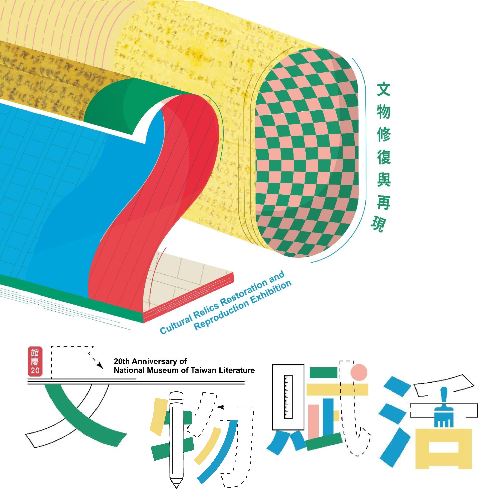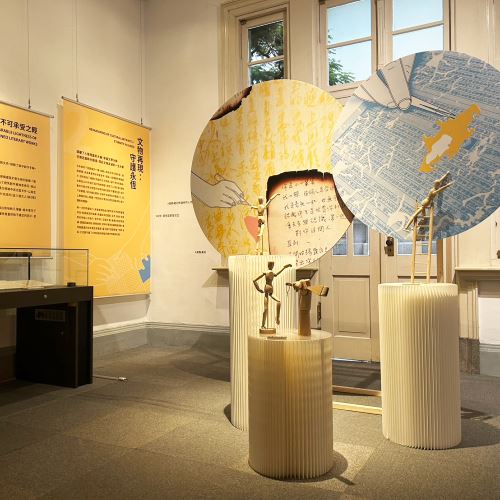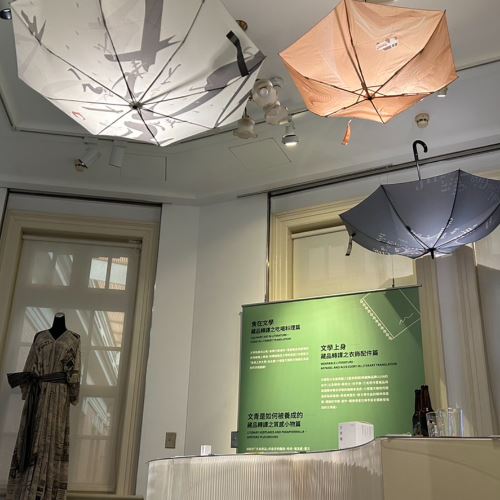◍ Literary Games/ Application of Artifacts Reinvented
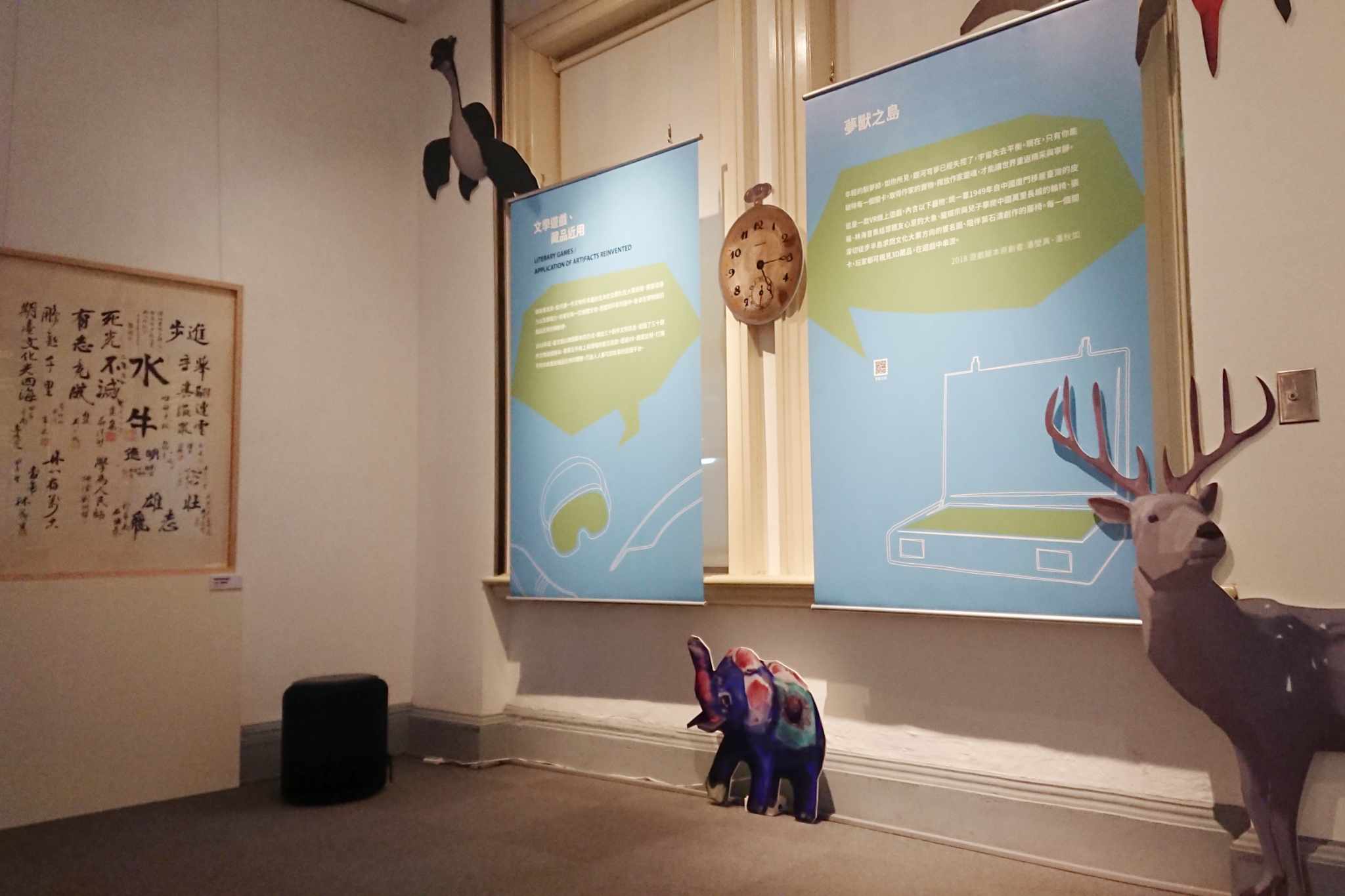
In the current era of digitalization, 3D scanning technology is regarded as the key medium for entering the virtual world from reality. How to synchronize reality with the virtual world on the Cloud and how to tell a splendid story are all aspects that need to be taken into consideration in the integration of virtuality and reality. Apart from responding to the era of digitalization, another important intention of scanning and building 3D models of exhibits is to showcase the details of exhibits. With stories as the guide, the exhibits are able to walk into people's lives from their storage.
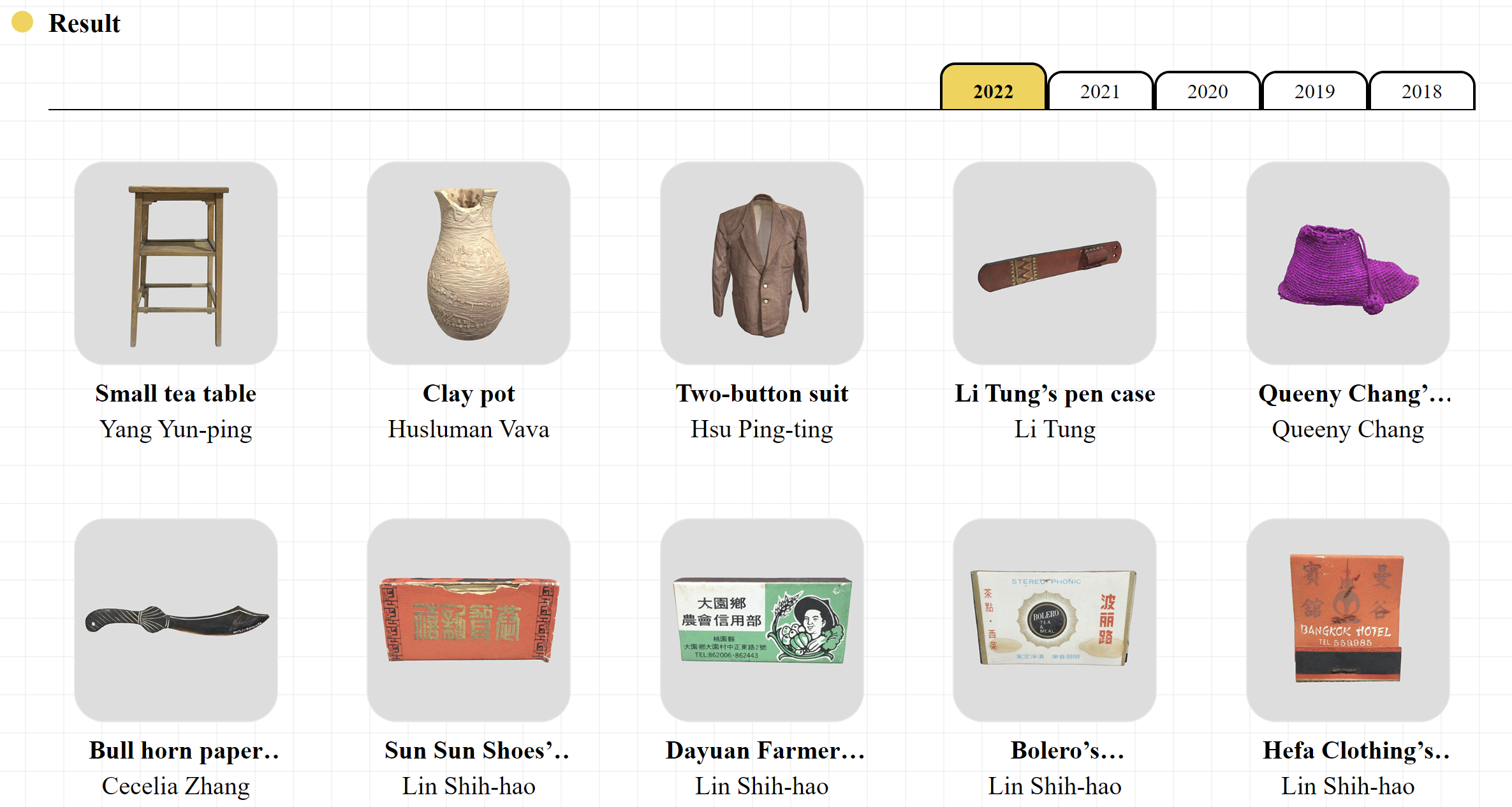
⭔ 3D Scanning and Modeling
 To digitally enliven the museum collections and promote Taiwanese literature, 3D Scanning and Modeling were employed. This project, which started in 2018, involves the 3D Scanning and Modeling of major Taiwanese writers’ collections in National Museum of Taiwan Literature in accordance with the Ministry of Culture's Principles for Making 3D Models of Cultural Relics in Museum Collections. (Kept in National Museum of Taiwan Literature)
To digitally enliven the museum collections and promote Taiwanese literature, 3D Scanning and Modeling were employed. This project, which started in 2018, involves the 3D Scanning and Modeling of major Taiwanese writers’ collections in National Museum of Taiwan Literature in accordance with the Ministry of Culture's Principles for Making 3D Models of Cultural Relics in Museum Collections. (Kept in National Museum of Taiwan Literature)
⭔ Lai Ho's Examination Chair/3D Model
This is the examination chair used by Lai Ho when practicing medicine at Lai Ho Hospital. It is made of wood and has a velvet cushion, used for consultations between Lai Ho and his patients. (Provided by Lai Ho Memorial Hall)
⭔ Yang Yun-ping's Desk Lamp/3D Models
Yang Yun-ping is a poet and historian, one of the founders of Taiwan's first vernacular literature magazine PEOPLE PERIODICAL, and has been tirelessly devoted to the study of Taiwanese history and culture. This item is Yang Yunping's personal desk lamp, under which she has long engaged in writing and editing. (Kept in National Museum of Taiwan Literature)
Literary Games/ Application of Artifacts Reinvented
Making Stories Come to Life To bring the life history contained in a single artifact vividly before the eyes of the public requires both imagination and practicality. The former resides in the minds of every individual who comes into contact with the artifact and reads the material, while the latter lies in the planning for the practical use of museum collections.
From 2020, National Museum of Taiwan Literature sent out messages for more than 30 artefacts by calling for scripts and created more than 30 scripts for interactive activities involving the artefacts. There have been 5 digital games online and onsite. Through VR and Somatosensory technology, the museum aims at creating visitor experience for different age groups and building interactive platforms where everybody can tell stories.
⭔ Island of Baku
Young Dream Tamer, as you can see, the Galaxy of Dreams has spiraled out of control, throwing the universe off balance. Now, only you can clear each level, acquire the treasures of writers, and liberate their souls, to bring the world back to its wondrous and peaceful state. It is an online VR game. It contains the following items: The suitcase brought by Yao Yi-wei from Xiamen, China to Taiwan in 1949; Lin Hai-yin's elephants that were gifted by her family; the wheelchair Lung Ying-tsung used when he climbed the Great Wall with his son; autographed picture of Zhang Shen-qie hiking in search of the direction of cultural undertakings; the wicker chair that Yeh Shih-tao used when writing. In each level, the player can see the 3D artefacts penetrating through the game. (Game writer:Pan Chiou-ru、Pan Ying-jhen)
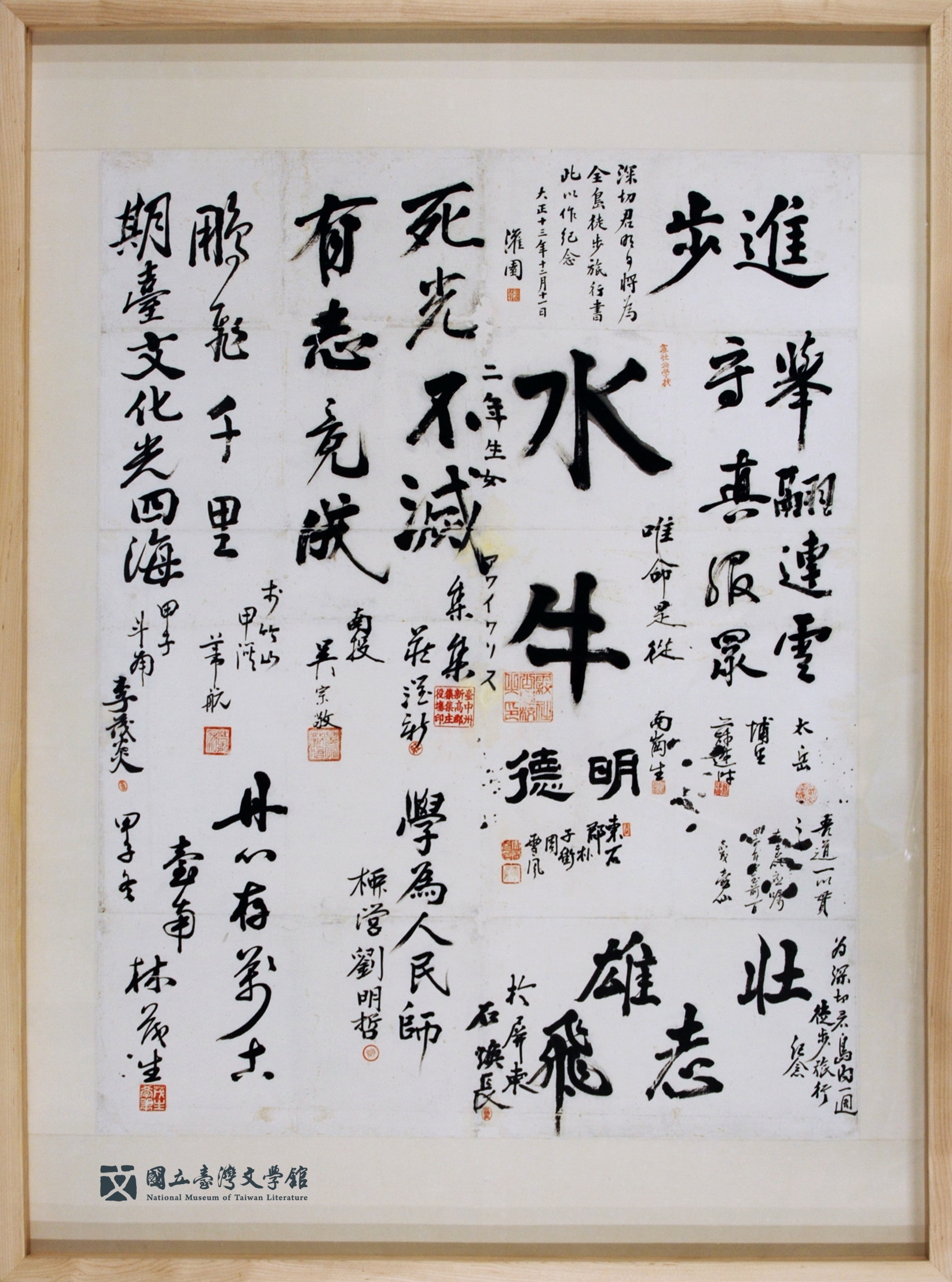
⭔ Zhang Shen-qie's Autograph Collection from His Walking Tour
This collection contains autographs collected by Zhang Shen-qie during his walking tour starting from Taichung in the 13th year of the Taisho era (1924). He invited people he met during his travels to write down characters to encourage him. His walking tour aimed to "explore the hidden life of the people and study local customs and culture." It holds significant documentary value for the study of Taiwanese culture and social movements during the Japanese colonial period. (Kept in National Museum of Taiwan Literature)
⭔ Birds of Life-Wu Ying-tao
BIRDS OF LIFE was created based on Wu Ying-tao's poems and folk traditions. Starting from Wu's marble doorplate, the game leads to all sorts of festive elements and food in the life of the poet as well as folk traditions. (Game writer:Guo Mong-siou)
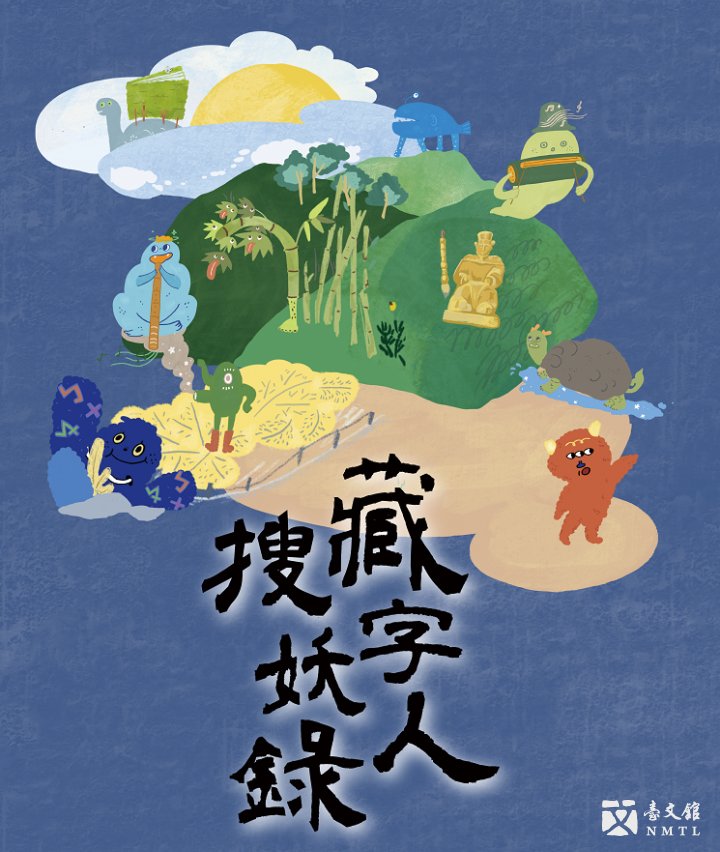
⭔ Introduction to Demon-Hunting Character Capturers
INTRODUCTION TO DEMON-HUNTING CHARACTER CAPTURERS was inspired by Li Xian-zhang's "Wooden Statue of Mazu" and combined with TAIWAN FOLK LITERATURE. In this game, the player becomes a "character capturer." Led by the magical pen, the player embarks on "the road to capturing monsters." The player must seize monsters scattering everywhere and seal them into the pages of TAIWAN FOLK LITERATURE. Just like how Li collected the lost Taiwan folk stories, songs, and riddles. By playing this game, players can know more about Li and the history of Taiwan literature. (Game writer:Chen Shih-hua、Tsai Meng-ju)
⭔ 1940
This game bases on the life of Liu Na-ou, a film producer and novelist during Japanese colonial period of Taiwan. The inspiration for the game is the Mahjong of Liu Na-ou, one of NMTL’s collections. The game stretches from Shanghai Paramount, Tianjin Wanguo Bridge, Da Hinggan Range, Heilong Jiang, Dingling (Ming), Beijing, and finally to Tainan Hall, Taiwan. With the fictional setup, the players would begin a puzzle quiz-based game. (Game writer:Lu Ru-shu)


⭔ Liu Na-ou, Mahjong Tiles
Liu Na-ou was a writer, filmmaker, and director of a newspaper agency. When he was living in Shanghai between 1926 and 1940, he, together with Dad Wang-shu and She Zhe-cun, promoted "neosensualism," and was extremely active. He once claimed that he had four hobbies in his life: firstly, he loved reading; secondly, he loved movies; thirdly, he liked inviting friends to play Mahjong without gambling; lastly, he liked dancing. These hobbies fully explain his ultimate life goals and the entertainment and luxury of contemporary Shanghai. This set of Mahjong tiles made of bamboo and ivory were used by Liu in the 1930s. They not only resonate with the scene where wealthy ladies played mahjong in Ang Lee's famous LUST, CAUTION but also demonstrate the influence of Shanghai culture on Liu. (Kept in National Museum of Taiwan Literature)

